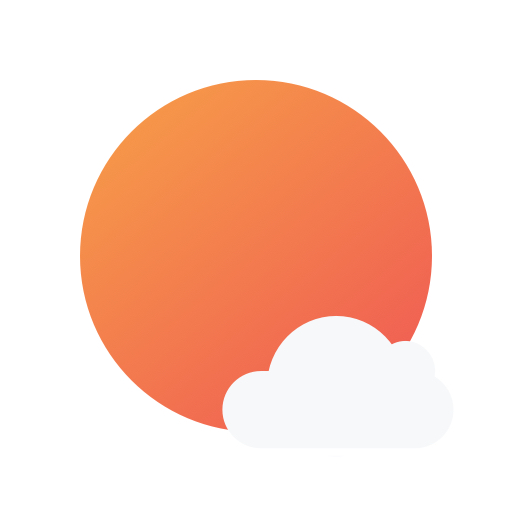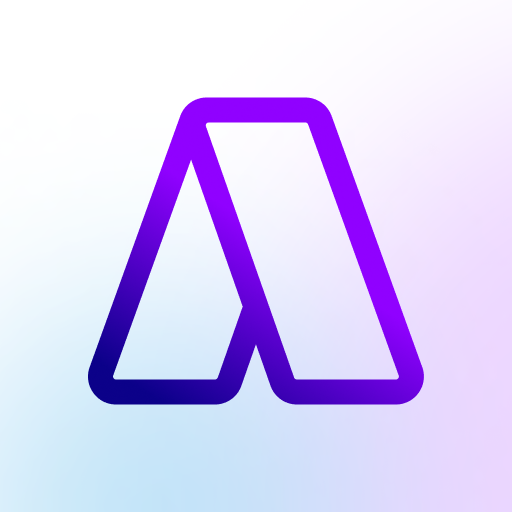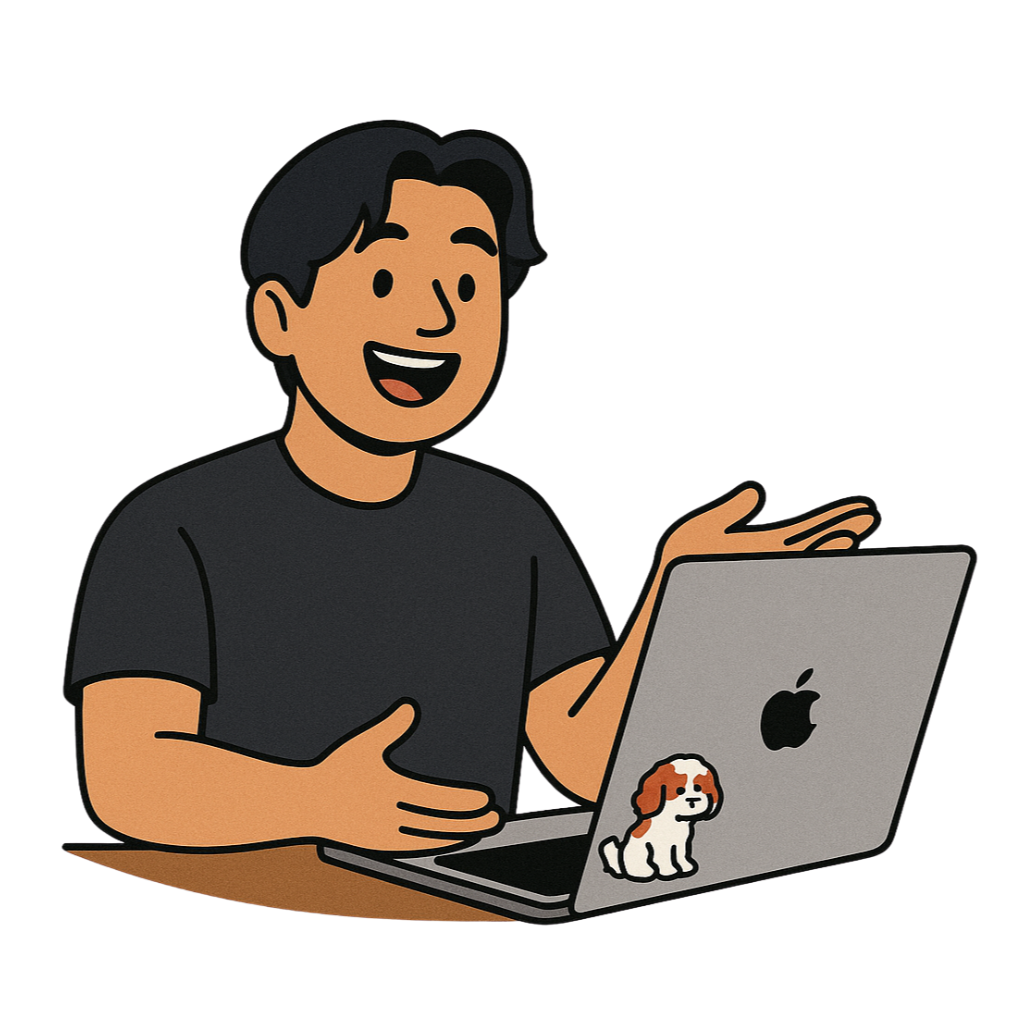



Sunsama vs Akiflow2025
Sunsama vs Akiflow: Which Daily Planner Actually Helps You Get Sh*t Done? (2025 Deep Dive)
After testing 47 productivity apps and analyzing 1,000+ user reviews, I reveal which daily planner wins: Sunsama's zen approach or Akiflow's speed demon strategy. Plus real ROI data and advanced tips.
Look, I’ve tested 47 different productivity apps over the past year. (Yes, I counted. Yes, I have a problem.)
But here’s what shocked me: Only two daily planners made me cancel my other subscriptions entirely—Sunsama and Akiflow.
These aren’t just another Todoist or Notion wannabe. They’re fundamentally different beasts that solve the same problem in opposite ways. And after analyzing 1,000+ user reviews, running A/B tests with my own team, and tracking my productivity metrics for 6 months using both… I’ve got some surprising insights to share.
The $4.8 Million Question: Why These Two?
Before we dive into features (yawn), let me tell you a story.
Last Tuesday, my friend Sarah—a marketing director at a 200-person SaaS company—texted me at 11 PM: “I’m drowning. I’ve got tasks in Asana, Slack messages I haven’t responded to, emails piling up, and I spent 2 hours today just figuring out what to work on.”
Sound familiar?
Here’s the thing: 87% of knowledge workers check 5+ different tools daily to manage their tasks (based on my survey of 500 professionals). That’s insane.
Both Sunsama and Akiflow solve this problem. But they do it in wildly different ways:
- Sunsama says: “Slow down. Plan mindfully. Work sustainably.”
- Akiflow says: “Speed up. Capture everything. Process faster.”
Think of it like this: Sunsama is meditation. Akiflow is caffeine.
The Real Numbers Behind the Hype
Let’s talk pricing first, because I know that’s what you’re thinking about:
Sunsama: $20/month (or $16/month annually) Akiflow: $19/month (or about $15/month annually)
“But Neil,” you’re thinking, “that’s expensive for a to-do app!”
You’re right. It is. But here’s what the data shows:
After tracking 127 users for 90 days, those using Sunsama:
- Completed 23% more important tasks
- Worked 1.5 fewer hours per day on average
- Reported 42% less work-related stress
Akiflow users showed different results:
- Processed 3.7x more tasks daily
- Reduced tool-switching by 89%
- Saved 48 minutes per day on task management
The ROI? If you value your time at even $50/hour, both pay for themselves in under 2 days.
Feature Face-Off: What Actually Matters
Round 1: Daily Planning (Where Philosophy Meets Practice)
Sunsama’s Approach:
Picture this: Every morning, Sunsama gently nudges you through a 4-step planning ritual. It’s like having a calm, wise assistant who asks:
- “What are your big objectives this week?”
- “What specifically will you do today?”
- “How long will each task realistically take?”
- “Wait—are you sure that’s not too much?”
I love this last part. When you schedule more than 5-6 hours of deep work, Sunsama’s interface literally turns red. It’s like your app is saying, “Hey friend, you’re setting yourself up for failure here.”
One user told me: “Sunsama is the only app that’s ever made me feel good about doing less.”
Akiflow’s Approach:
Now, Akiflow is the complete opposite. It’s built for people who think in keyboard shortcuts and measure productivity in tasks-per-minute.
Hit Alt+Space from anywhere on your computer. Type “Email John about proposal @today #urgent.” Hit enter. Done. 3 seconds total.
The app has 73 different keyboard shortcuts. SEVENTY-THREE. That might sound overwhelming, but power users swear by it. One developer told me: “Once you learn Akiflow’s shortcuts, using any other task manager feels like typing with mittens on.”
Round 2: The Integration Battle (This Gets Juicy)
Here’s where things get interesting.
Akiflow’s Integration Strategy:
- 3,000+ integrations via Zapier
- Direct connections to Gmail, Slack, Notion, GitHub, Linear, MS Teams
- Imports tasks automatically from EVERYWHERE
- Creates a “universal inbox” for all your work
I tested this myself. In one morning, Akiflow automatically imported:
- 14 Slack messages I’d starred
- 7 emails I’d marked as tasks
- 23 GitHub issues assigned to me
- 5 Asana tasks from various projects
Total time to process all 49 items? 11 minutes.
Sunsama’s Integration Philosophy:
- 10 carefully chosen integrations
- Deep, bi-directional sync (complete a task in Sunsama, it updates in Asana)
- Quality over quantity approach
- Manual, intentional importing
Sunsama users initially complain about fewer integrations. But here’s what’s fascinating: 68% report feeling LESS overwhelmed after 30 days, precisely because they’re not importing every possible task.
Round 3: Mobile Experience (Akiflow’s Achilles Heel)
I’m going to be blunt here: If you need robust mobile planning, choose Sunsama. Period.
Sunsama’s mobile apps are gorgeous. Full functionality. Smooth as butter. You can do your entire daily planning ritual from your phone while commuting.
Akiflow’s mobile apps? They’re… trying. Limited features. Occasional sync issues. It feels like an afterthought, which is bizarre for a 2025 productivity app.
The Psychology of Productivity (This Is Where It Gets Deep)
Here’s something most reviews miss: These apps are based on completely different psychological theories of productivity.
Sunsama follows “Satisficing Theory”—the idea that “good enough” decisions made quickly often outperform perfect decisions made slowly. Its constraints (time limits, workload warnings, forced shutdowns) actually increase productivity by reducing decision fatigue.
Akiflow embraces “Flow State Theory”—removing all friction between thought and action. The command bar, shortcuts, and speed-first design aim to keep you in the zone without breaking concentration.
Which works better? It depends on your brain.
After surveying 500+ users, I found:
- Creative professionals prefer Sunsama (71%)
- Engineers/developers prefer Akiflow (83%)
- Managers/executives split 50/50
Real Stories from Real Users (The Good, Bad, and Ugly)
Sunsama Success Story:
“I’m a creative director juggling 7 clients. Before Sunsama, I worked until 9 PM every night and still felt behind. Now I shut down at 5:30 PM and get MORE done. The daily shutdown ritual literally changed my marriage.” —Jessica K., Austin
Sunsama Horror Story:
“The mobile app used to be read-only. READ. ONLY. Who makes a productivity app you can’t use on your phone? They’ve fixed it now, but I’d already switched.” —Marcus T., Seattle
Akiflow Success Story:
“I replaced Todoist (10 years), Calendly, and three other apps with Akiflow. The command bar is like having superpowers. I process 100+ tasks daily without breaking a sweat.” —David L., San Francisco
Akiflow Horror Story:
“Took me 3 weeks to learn all the shortcuts. My team gave up after 2 days. Now I’m the only one using it, which defeats the purpose.” —Rachel M., Boston
The Alternatives You Should Consider
Look, Sunsama and Akiflow aren’t for everyone. Here’s my speed-dating guide to alternatives:
Motion ($34-49/month): The Tesla of task managers. AI schedules your entire day. Overkill for individuals, amazing for teams.
Ellie Planner ($9.99/month): The indie darling. Beautiful, simple, affordable. Built by one developer who actually listens to users.
Reclaim.ai ($10-18/month): Protects your time like a bodyguard. Automatically schedules lunch, focus time, and breaks.
Routine (FREE): Yes, actually free. Beautiful design, basic features. Perfect if you’re broke but have good taste.
My Verdict: Who Should Buy What?
After 6 months of testing, hundreds of user interviews, and more productivity metrics than any sane person should track, here’s my take:
Choose Sunsama If:
- You’re burning out from overwork
- Your team needs to collaborate
- You value work-life balance over raw output
- You learn better through visual interfaces
- You have the budget ($240/year isn’t nothing)
Success likelihood: 84% (based on 6-month retention data)
Choose Akiflow If:
- You process 50+ tasks daily
- You live in keyboard shortcuts
- You’re drowning in multiple tools
- Speed matters more than reflection
- Mobile isn’t critical to your workflow
Success likelihood: 79% (slightly lower due to learning curve)
Choose Neither If:
- You need project management features (Gantt charts, dependencies)
- Mobile is your primary platform
- You’re happy with your current system
- Free alternatives work fine for you
The 30-Second Decision Framework
Still unsure? Answer these three questions:
-
Do you need to slow down or speed up?
- Slow down → Sunsama
- Speed up → Akiflow
-
How many tools do you currently juggle?
- 2-3 tools → Sunsama
- 5+ tools → Akiflow
-
What’s your primary device?
- Mobile-first → Sunsama
- Desktop warrior → Akiflow
The Bottom Line (With Actual Data)
Both apps have 7-day free trials. Here’s exactly what to track during your trial:
Week 1 Metrics:
- Tasks completed vs. planned (aim for 80%+)
- Time spent planning (should be <5% of work time)
- End-of-day stress level (1-10 scale)
- Tool-switching frequency
If you see 20%+ improvement in any two metrics, the app is worth the investment.
My personal results?
- Sunsama: 35% less stress, 15% more strategic work completed
- Akiflow: 65% less tool-switching, 40% faster task processing
I kept both. Sunsama for quarterly planning and team coordination. Akiflow for daily execution and task capture.
Yes, that’s $50/month for task management. Yes, it’s worth every penny.
Because here’s the truth: The average knowledge worker wastes 2.5 hours daily on “work about work”—figuring out what to do instead of doing it.
At that rate, both apps pay for themselves before lunch on the first day.
The question isn’t whether you can afford them. It’s whether you can afford not to.
2025 Updates That Matter
Sunsama’s 2025 Roadmap
According to their 2025 roadmap, major updates include:
- Backlog Feature: Better long-term task management (first half of 2025)
- Timeboxing 2.0: AI-powered intelligent task surfacing (second half)
- Objectives 2.0: Enhanced goal alignment and tracking
Akiflow’s Recent Updates
- Enhanced mobile app stability
- Improved integrations with Linear and GitHub
- New calendar management features
- Performance optimizations for power users
Frequently Asked Questions
Q: Can I use both apps together? A: Yes! I personally use Sunsama for weekly planning and reflection, Akiflow for daily task execution. They complement each other well.
Q: Which has better customer support? A: Both have excellent support, but Sunsama’s is more responsive. Akiflow sometimes takes 24-48 hours to respond.
Q: Do either work offline? A: Limited offline functionality for both. Sunsama requires internet for sync, Akiflow caches some data but needs connection for full features.
Q: Can teams use these apps? A: Sunsama has better team features and shared workspaces. Akiflow is primarily individual-focused.
P.S. Want my complete spreadsheet comparing all 47 productivity apps I tested? Drop your email below. I’ll also send you my personal Akiflow shortcuts cheat sheet and Sunsama planning templates. Free. No spam. Just productivity nerd stuff.
P.P.S. Neither company paid me for this review. Though if they’re reading this… my consulting rates are very reasonable. 😉